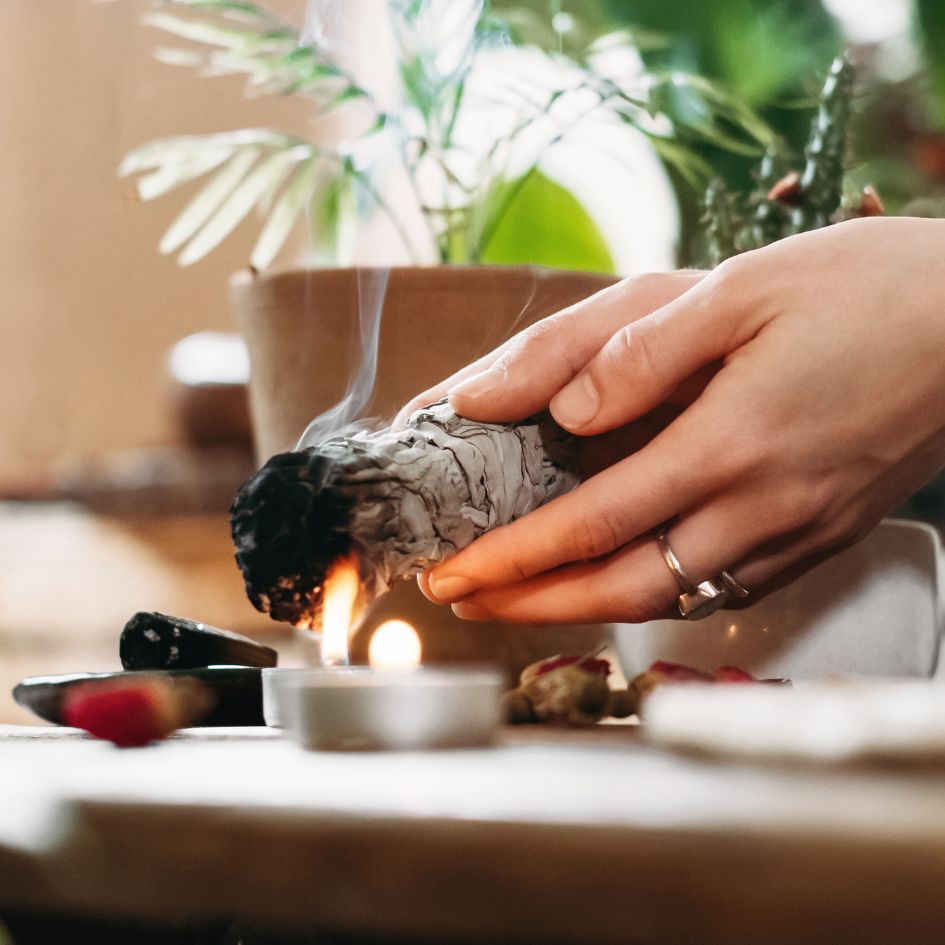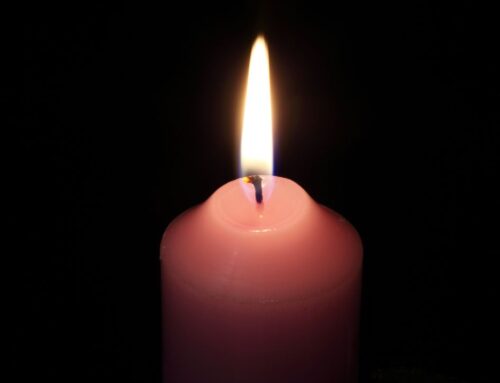 White Sage Uses
White Sage Uses
White sage (Salvia apiana) holds cultural and spiritual significance for many Native American tribes, particularly those from the Western United States, such as the Chumash, Cahuilla, and Kumeyaay. It is commonly used in ceremonies, rituals, and purification practices. Here are a few ways in which white sage is traditionally used:
- Smudging: Smudging is the most well-known and widespread use of white sage. It involves burning bundles of dried sage leaves, often tied together with string, to create smoke. The smoke is then wafted over a person, object, or space to cleanse and purify. It is believed that the smoke helps clear negative energies, promotes balance, and creates a sacred environment.
- Cleansing Rituals: White sage is often used to cleanse and purify individuals, sacred items, or living spaces before important ceremonies or gatherings. It is believed to remove any lingering negative or stagnant energies, allowing for a fresh start and positive energy flow.
- Healing and Medicinal Purposes: Some Native American tribes believe that white sage possesses medicinal properties. It is used in traditional herbal medicine for various purposes, such as treating respiratory conditions, promoting relaxation, and relieving headaches.
- Prayer and Meditation: Burning white sage can be incorporated into prayer and meditation practices to create a focused and serene atmosphere. The act of smudging is believed to help center the mind, enhance spiritual connections, and facilitate a state of inner peace.
It’s important to note that the cultural use of white sage by Native American tribes is a sacred practice, and it is essential to approach it with respect and sensitivity. In recent years, the widespread commercialization and unsustainable harvesting of white sage have raised concerns among some Indigenous communities. It is advisable to source white sage ethically or consider alternatives, such as cedar or sweetgrass, which also hold spiritual significance for various Native American tribes.




